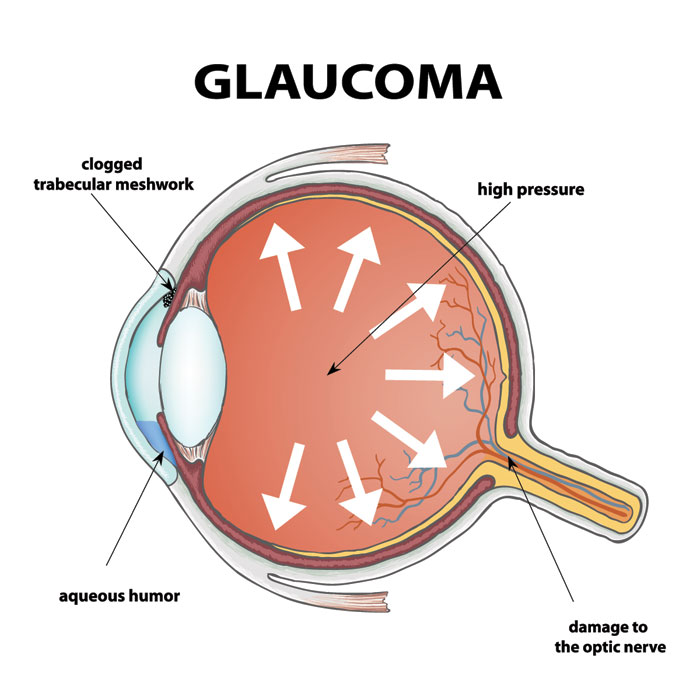Glaucoma Management: What Are the Obstacles and How Can They Be Overcome?
Introduction
Glaucoma is an optic nerve condition that can lead to vision loss or blindness if not managed properly. Management requires regular monitoring and treatment adherence, and it faces numerous challenges. Understanding these obstacles is key to improving patient outcomes and driving advancements in glaucoma care.
Early Detection and Diagnosis
Detecting glaucoma at its earliest stages is vital to halting disease progression and preventing vision loss. However, it is often called the silent thief of sight because early stages are typically asymptomatic. Limited access to specialized diagnostic equipment in remote areas further complicates early detection. Regular comprehensive eye exams and public awareness of risk factors can significantly improve early detection rates.
Setting Appropriate Intraocular Pressure (IOP) Levels
Intraocular pressure (IOP) control is central to glaucoma management, but defining an individual’s target IOP is challenging due to different treatment responses and progression rates. Consistent IOP monitoring and a collaborative decision-making approach between patient and doctor help establish and maintain pressure targets that slow disease progression.
Choice of Treatment
Selecting the right treatment plan must account for age, overall health, glaucoma severity, and patient preferences. Cost and availability of therapies can also limit choices. A personalized approach—paired with efforts to improve accessibility and affordability—supports better, more sustainable outcomes.
Patient Compliance and Medication Adherence
Medication adherence is a frequent barrier. Complex dosing schedules, side effects, and limited disease understanding can reduce compliance. Solutions include simplifying regimens, reinforcing education on the importance of adherence, and clearly explaining the consequences of non-compliance.
Strategies to Overcome Challenges in Glaucoma Management
- Education and Awareness Programs: Increase understanding of glaucoma, its risks, and the need for regular eye exams—targeting both the public and healthcare professionals.
- Advancements in Diagnostic Techniques: Continuous innovation in imaging and testing enables earlier, more accurate detection.
- Effective IOP-Management Therapies: New medications and refined surgical or minimally invasive approaches improve pressure control and long-term outcomes.
Managing glaucoma is a multifaceted challenge that spans early detection, precise IOP targets, appropriate treatment selection, and strong adherence. With ongoing technology advances, robust patient-centered care, and focused education, these obstacles can be overcome—leading to better protection of sight for people living with glaucoma.




